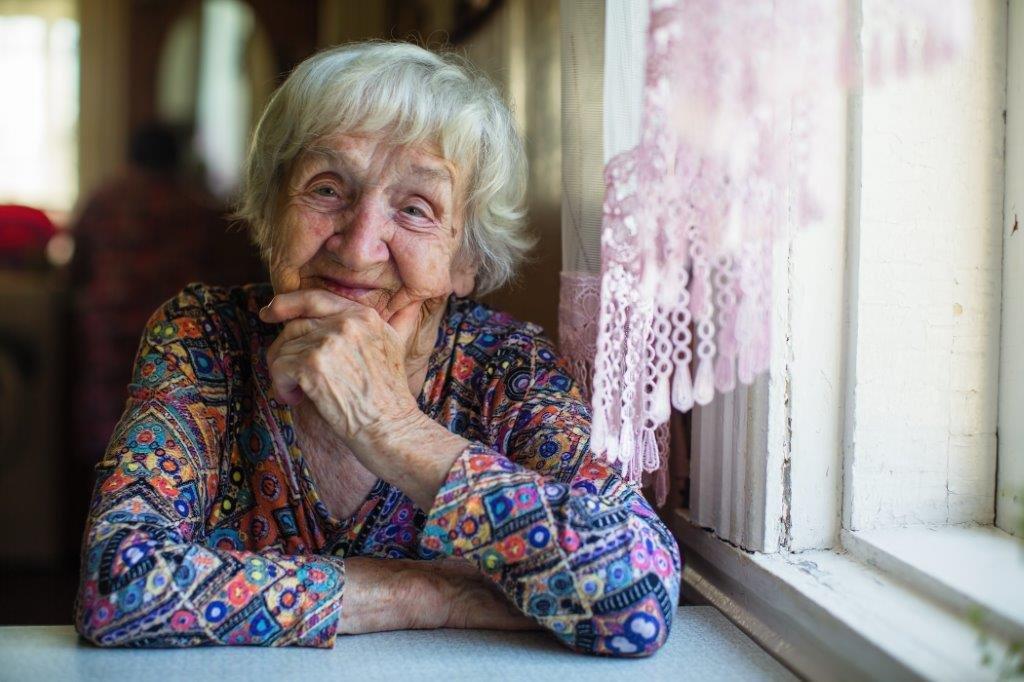
There is a lot of comfort to be derived from our homes – those that may be relatively new to those dozens of years old – as we enjoy them over the years and age in place in the classic sense.
Aging in place serves us well
Even if there were not a concept called aging in place, many of us would be engaged in it anyway. It doesn’t need a label in order to happen. It’s not something we have to shop for, look for, research, identify, or acquire in order to use it.
Take the creation and development of any technology, process, or concept, and it likely existed quite well without going by the name that we came to call it later. People used it and liked it long before it was adopted into common or widespread usage. It’s not the name that makes the idea viable. It’s the idea or concept itself.
In the case of aging in place, it makes sense. No one had to tell us that we’d be happier remaining in the home we already had or that we could benefit economically if we remained living as we were without looking for another place to stay. We had a home that we enjoyed, so why upset the process and begin again? This is the foundation of aging in place – staying put and making whatever accommodations we desire to enhance our experience. Some people will do more than others in terms of revising or adapting their home environments.
We have a high comfortability quotient
While we’re not likely to find a comfortability quotient mentioned in any science class or even be able to quantify just what it is or compare it to other values on a sliding scale, we likely would agree that we remain happy living where we are because it offers many benefits to us – especially comfort.
We like our home. We know where things are located and where to put things after we’ve used them (even if we don’t always return them to where they should be). We can navigate our homes easily – often without even consciously thinking about or even necessarily paying attention to our path or looking at where we are going. This is muscle memory that we have developed from repeatedly using our living space.
We aren’t afraid to be in our homes – worried that we will encounter something unusual or strange that we may not be expecting.
In short, we enjoy a very high comfortability quotient in our home even if it cannot be quantified as a number.
New isn’t always the answer
As a general rule, though not in every case, we like new items. We like new clothes, new furniture, new foods to experience, and new books, movies, or places to see. There certainly is something to be said for broadening our horizons or for having a product where we are the first ones to use it right out of the original container.
However, new isn’t always better, it’s just new.
A new home will have updated technology and features that a much older home will not. A new home will have fewer maintenance concerns than a comparable older one. A new home may have better access and other features that we can appreciate, but it may not compare emotionally to what we have now. New isn’t always the answer.
In our older homes (from several years to decades of years), we have come to appreciate the comfort they provide – not unlike a well-worn piece of clothing that fits us so well and continues to serve our needs.
There’s a lot to be said for a home we have lived in over the years and grown older in while appreciating how it serves us – classic aging in place.
